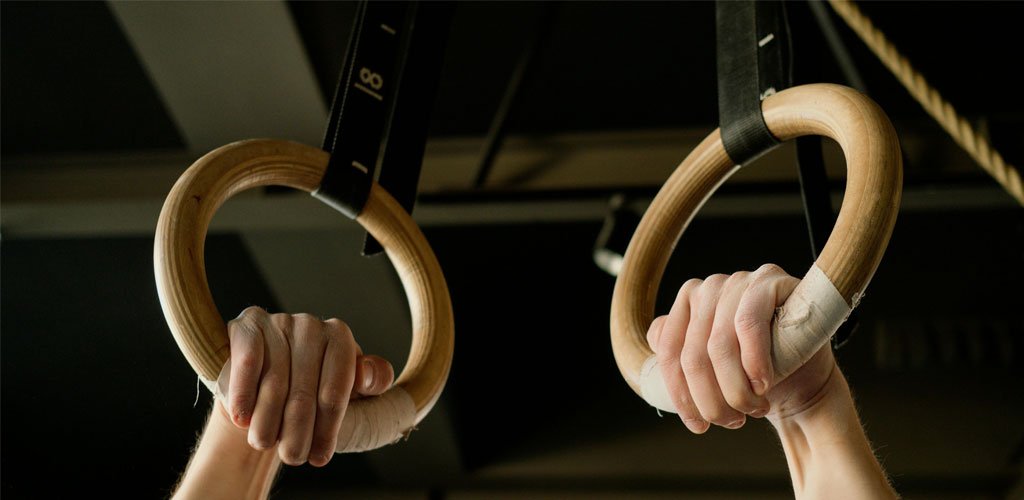The Ultimate Guide to Fitness: Achieve Your Best Self
Welcome to the ultimate guide to fitness. In today’s fast-paced world, maintaining health and well-being is more important than ever. Fitness is not just a trend; it’s a vital component of a balanced life. It encompasses physical activity, nutrition, and mental health, all working together to help you achieve your best self. This article will explore why fitness is essential, introduce you to different types of fitness activities, provide actionable tips for success, and debunk common myths that might be standing in your way. Whether you’re just starting out or looking to elevate your fitness routine, this guide has something for everyone.
Why Fitness Matters
Fitness is crucial for several reasons. First and foremost, it improves your physical health. Regular physical activity strengthens your heart, lungs, and muscles, reducing the risk of chronic diseases like heart disease, diabetes, and obesity. According to the World Health Organization, adults should engage in at least 150 minutes of moderate-intensity aerobic activity per week to maintain good health.
But fitness isn’t just about the body; it’s also about the mind. Exercise releases endorphins, which are natural mood boosters. This can help alleviate symptoms of depression and anxiety, improve sleep, and enhance overall mental well-being. Moreover, achieving fitness goals can boost self-esteem and confidence, leading to a more positive outlook on life.
In addition, fitness can enhance your daily life. It increases energy levels, making it easier to tackle everyday tasks. It also improves flexibility, balance, and coordination, which can prevent injuries and make you feel more agile.
In summary, fitness is a holistic approach to health that benefits both the body and the mind. It’s not just about looking good; it’s about feeling good and living your best life.
Exploring Different Types of Fitness Activities
Fitness activities can be broadly categorized into four types: cardiovascular, strength training, flexibility, and balance exercises. Each type offers unique benefits and contributes to overall fitness.
Cardiovascular Activities: These are exercises that get your heart rate up and improve cardiovascular health. Examples include running, cycling, swimming, and dancing. Cardio helps burn calories, boost endurance, and strengthen the heart and lungs.
Strength Training: This involves using resistance to build muscle strength and endurance. Weightlifting, bodyweight exercises like push-ups and squats, and resistance band workouts fall into this category. Strength training increases muscle mass, boosts metabolism, and improves bone density.
Flexibility Exercises: These focus on stretching and lengthening muscles to improve range of motion. Yoga and Pilates are popular flexibility workouts. They enhance joint health, reduce muscle tension, and prevent injuries.
Balance Exercises: Often overlooked, balance training is crucial, especially as we age. Activities like tai chi, standing on one leg, or using a balance board can improve stability and coordination, reducing the risk of falls.
Incorporating a mix of these fitness activities into your routine ensures a well-rounded approach to health. You don’t have to do them all every day; even focusing on one or two types can yield significant benefits.
Essential Tips for Your Fitness Journey
Embarking on a fitness journey can be exciting yet daunting. Here are some tips to help you succeed:
- Set Realistic Goals: Decide what you want to achieve, whether it’s losing weight, gaining muscle, or improving endurance. Make sure your goals are specific, measurable, achievable, relevant, and time-bound (SMART).
- Start Slow: If you’re new to fitness, don’t overdo it. Begin with manageable workouts and gradually increase intensity and duration to avoid burnout or injury.
- Find Activities You Enjoy: Fitness doesn’t have to be a chore. Try different activities until you find something you love, whether it’s dancing, hiking, or playing a sport.
- Stay Consistent: Consistency is key to seeing results. Aim for regular workouts, even if they’re short. It’s better to exercise for 20 minutes daily than to do a long session once a week.
- Listen to Your Body: Pay attention to how you feel. Rest when needed, and don’t push through pain. Recovery is an essential part of fitness.
- Seek Support: Having a workout buddy or joining a fitness community can provide motivation and accountability.
- Track Your Progress: Keep a fitness journal or use an app to monitor your workouts and achievements. Celebrating small wins can keep you motivated.
Remember, fitness is a personal journey. What works for one person might not work for another. Be patient with yourself and enjoy the process.
Common Fitness Myths Debunked
Despite the wealth of information available, several fitness myths persist. Let’s set the record straight:
- Myth 1: You need to work out for hours to see results. Truth: Quality over quantity. Even short, high-intensity workouts can be effective. Consistency is more important than duration.
- Myth 2: Fitness is only for young people. Truth: Fitness is beneficial at any age. In fact, staying active can help older adults maintain independence and reduce the risk of age-related diseases.
- Myth 3: Lifting weights will make you bulky. Truth: Strength training can help you build lean muscle and burn fat. Bulking up requires specific training and nutrition, which most people don’t follow.
- Myth 4: You can spot-reduce fat. Truth: You can’t target fat loss in specific areas. Overall fitness and a healthy diet are key to reducing body fat.
- Myth 5: Fitness requires expensive equipment. Truth: Many effective workouts can be done with little to no equipment. Bodyweight exercises, running, and yoga are great examples.
By understanding these truths, you can approach your fitness journey with realistic expectations and avoid common pitfalls.

